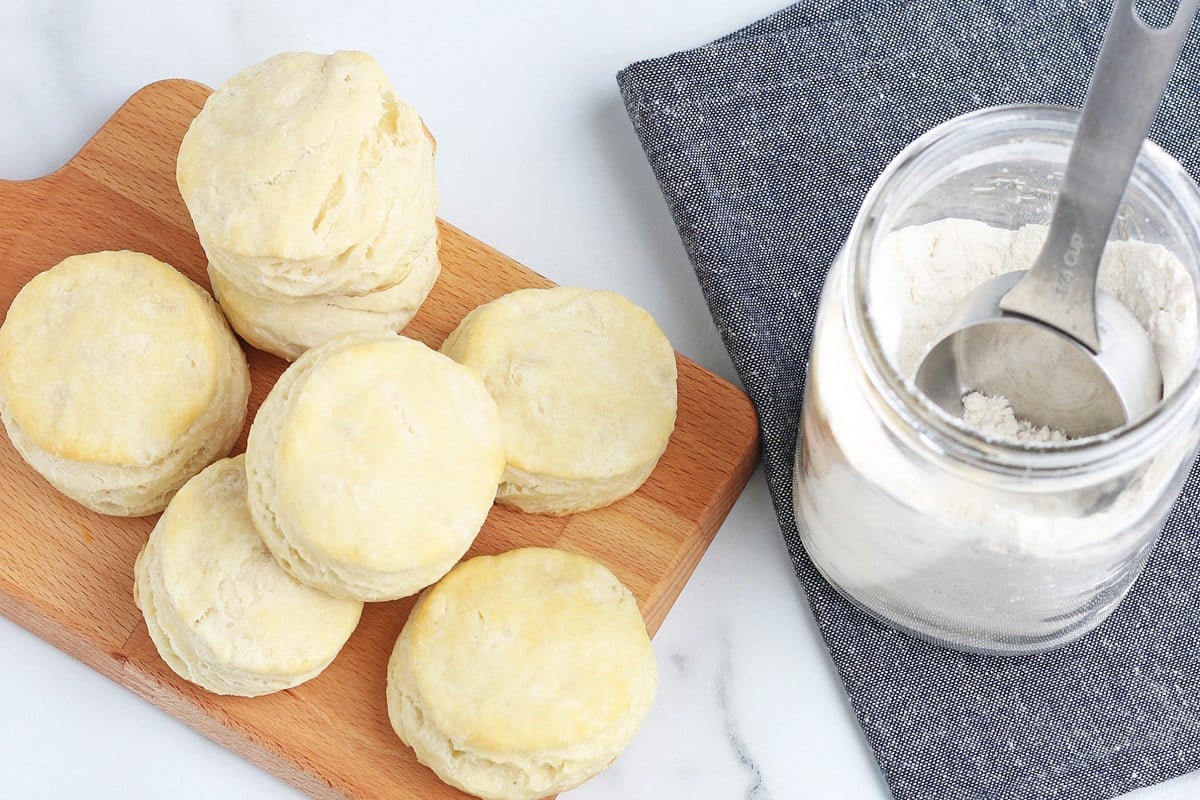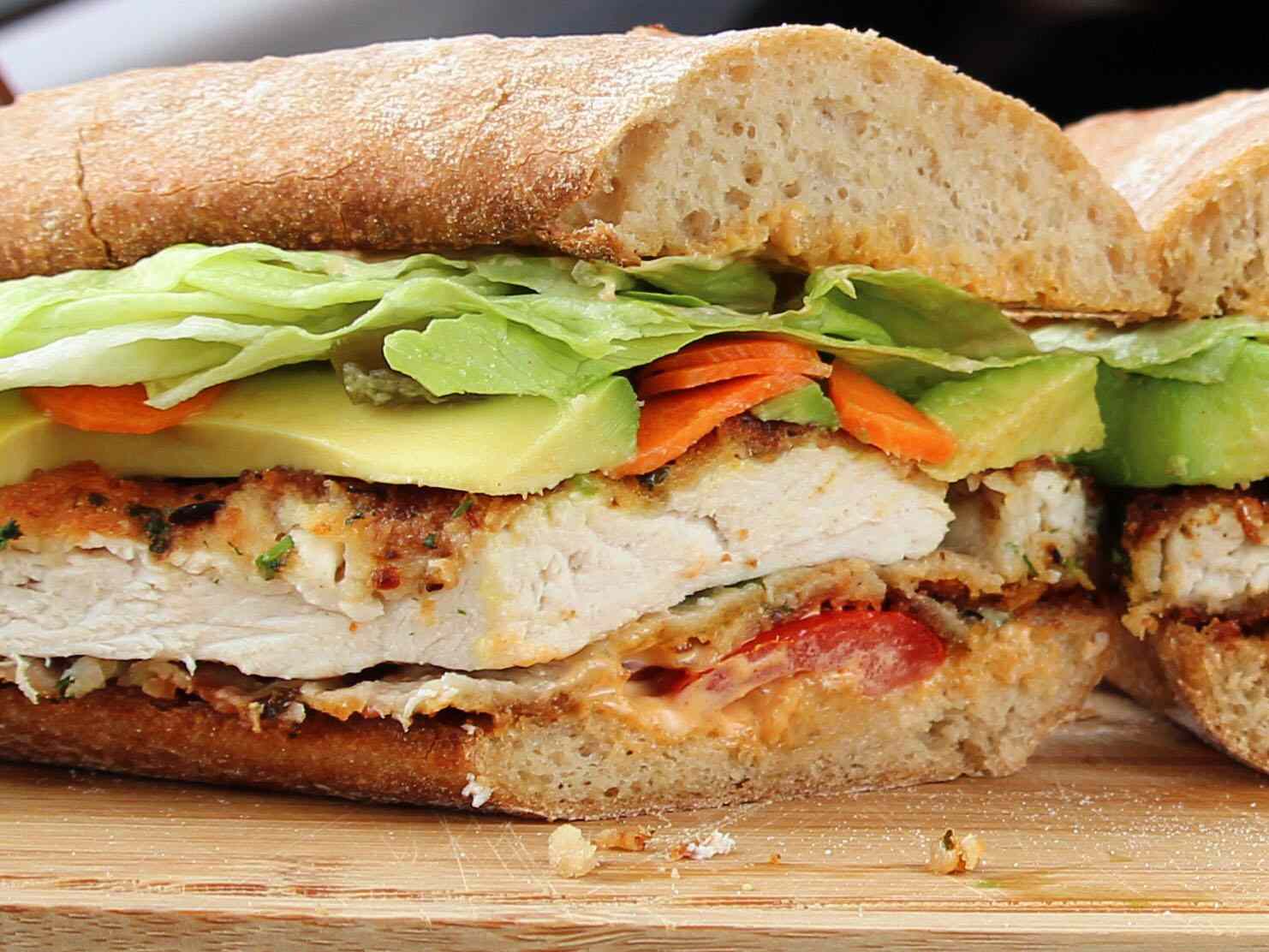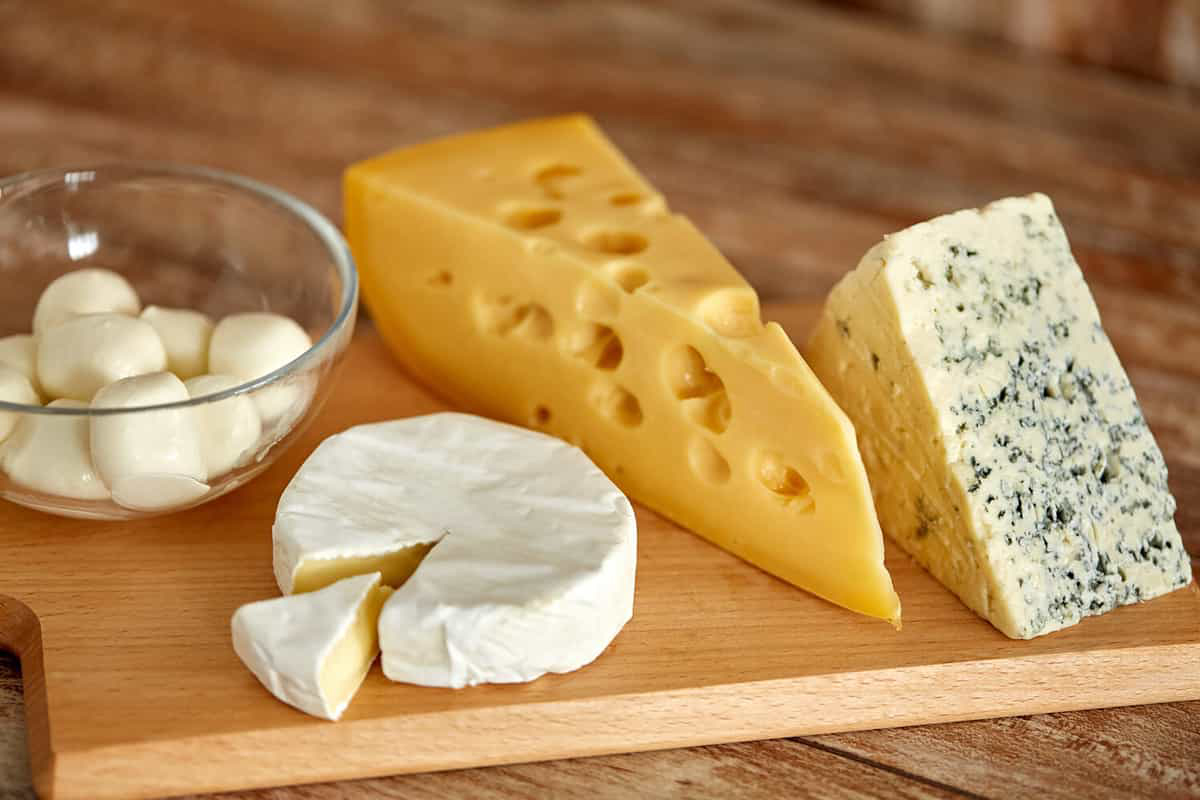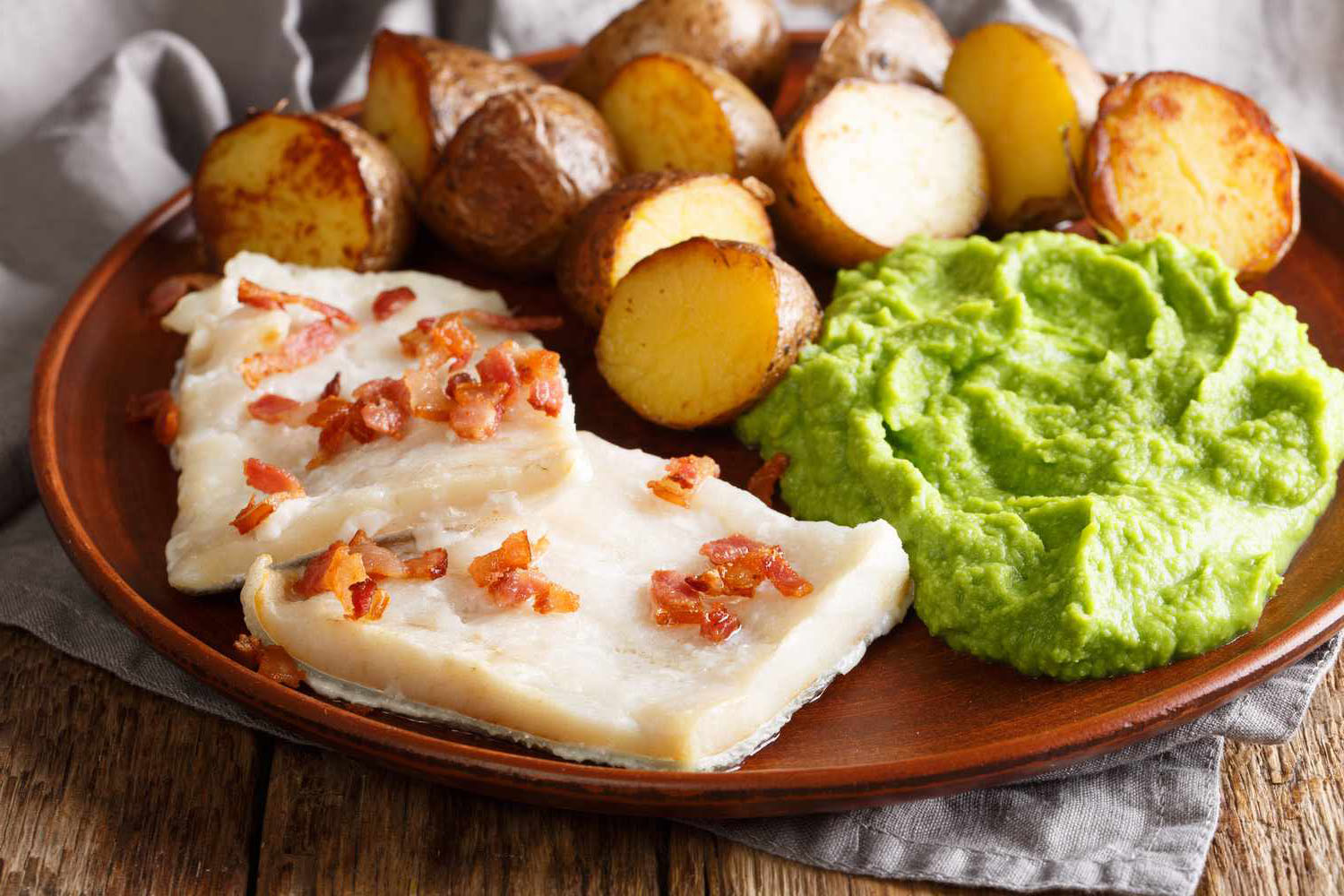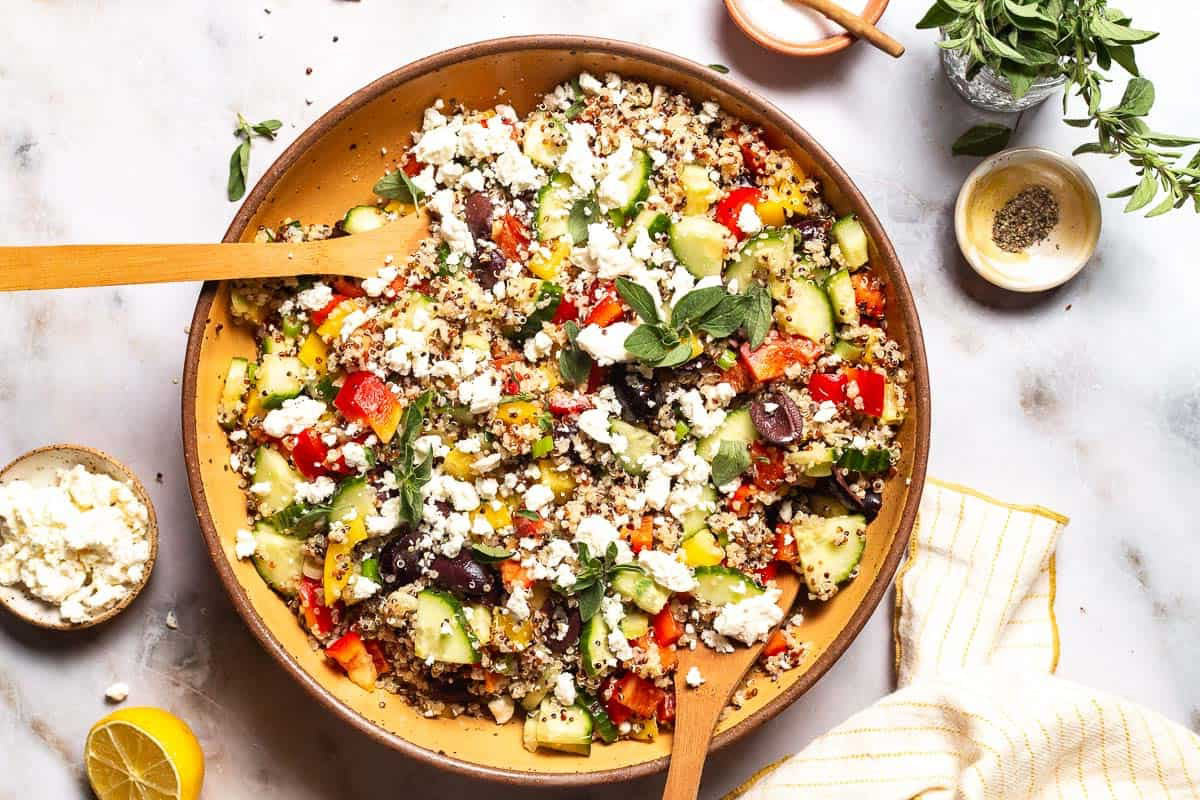Understanding Rennet in Cheese
When it comes to cheese, there are many different factors that contribute to its flavor, texture, and overall composition. One of the key ingredients that plays a crucial role in the cheese-making process is rennet. But what exactly is rennet, and how does it impact the cheese we enjoy? Let’s delve into the world of rennet and its significance in cheese production.
What Is Rennet?
Rennet is a complex of enzymes that is traditionally derived from the stomach lining of young calves, although it can also be sourced from other ruminant animals such as goats and sheep. These enzymes play a vital role in the coagulation of milk during the cheese-making process. Rennet contains an enzyme called chymosin, which is responsible for causing the milk to coagulate and form curds, a crucial step in cheese production.
The Role of Rennet in Cheese Making
When milk is combined with rennet, the enzymes in the rennet work to coagulate the milk, causing it to thicken and form curds. These curds are then cut and pressed to expel the whey, resulting in the formation of cheese. The use of rennet is essential for creating the desired texture and flavor in many types of cheese, making it a fundamental component of the cheese-making process.
Types of Rennet
There are several types of rennet used in cheese making, each with its own unique properties and applications:
- Animal Rennet: Traditional rennet is derived from the stomach lining of young calves, goats, or sheep. It contains the enzyme chymosin, which is highly effective in coagulating milk.
- Vegetable Rennet: For those seeking a vegetarian or kosher alternative, vegetable rennet derived from plants such as thistle or fig is available. While it may not have the same coagulating strength as animal rennet, it is a suitable option for many cheese varieties.
- Microbial Rennet: This type of rennet is produced using genetically modified microorganisms to create the chymosin enzyme. It is often used in industrial cheese production and is suitable for vegetarian and kosher diets.
Is Rennet Necessary for Cheese Making?
While rennet is traditionally used in cheese making to coagulate the milk and form curds, there are alternative methods for achieving the same result. Some cheese makers utilize acid, such as vinegar or lemon juice, to coagulate the milk, resulting in acid-set cheeses. However, rennet is the preferred method for many types of cheese due to its ability to produce a desirable texture and flavor.
Conclusion
Rennet plays a crucial role in the cheese-making process, contributing to the coagulation of milk and the formation of curds that ultimately lead to the creation of cheese. Whether derived from animal sources or alternative sources such as plants or microorganisms, rennet is a key ingredient in the production of a wide variety of cheeses. Understanding the role of rennet in cheese making provides insight into the intricate and fascinating world of cheese production.
Next time you enjoy a delicious piece of cheese, take a moment to appreciate the role that rennet has played in creating this beloved dairy product.
Was this page helpful?
Read Next: What Is A Veggie Burger?



